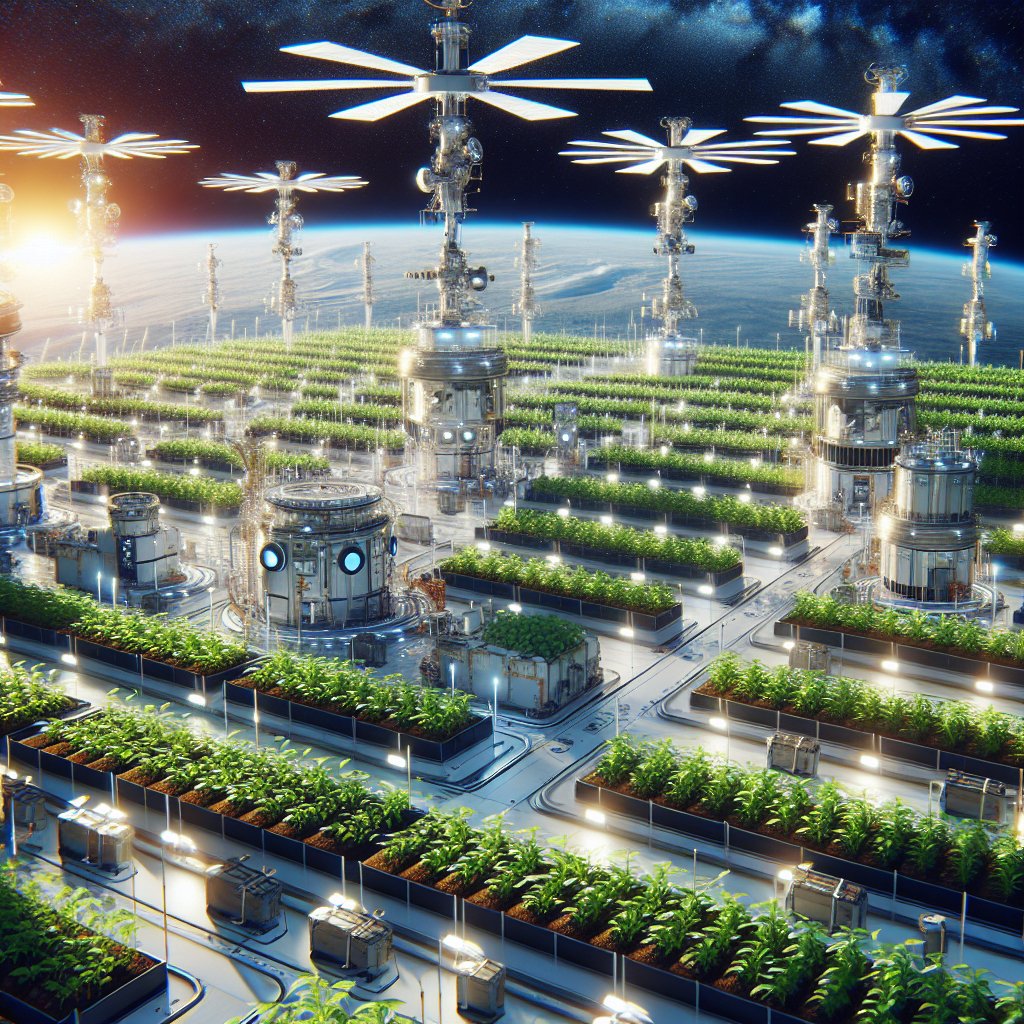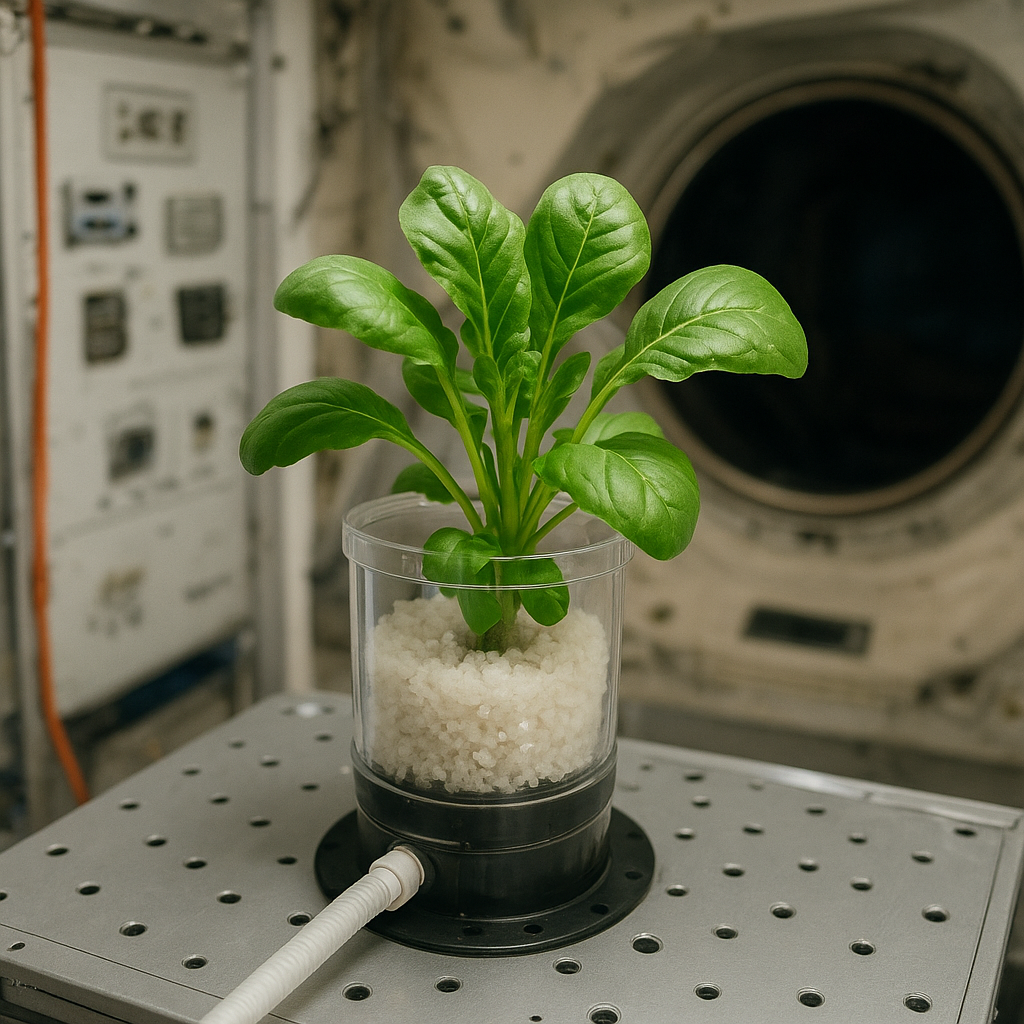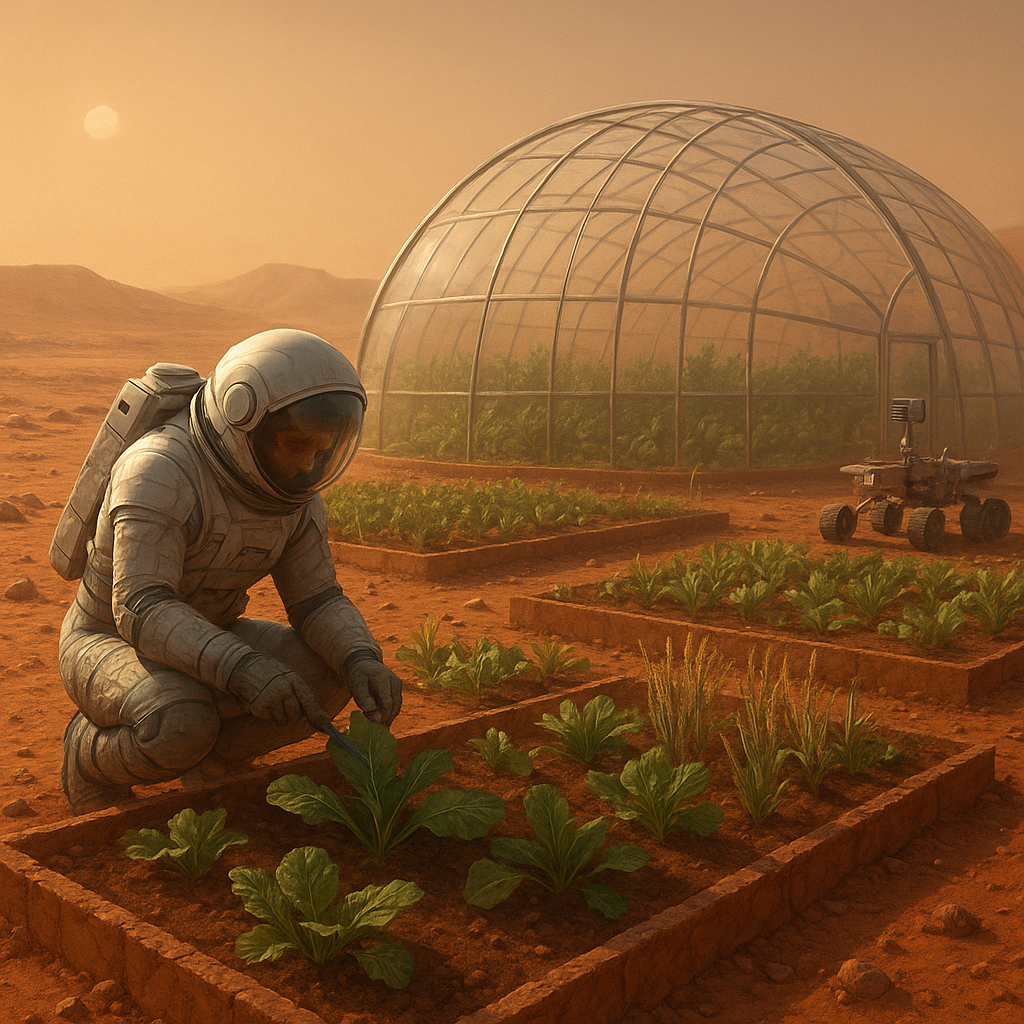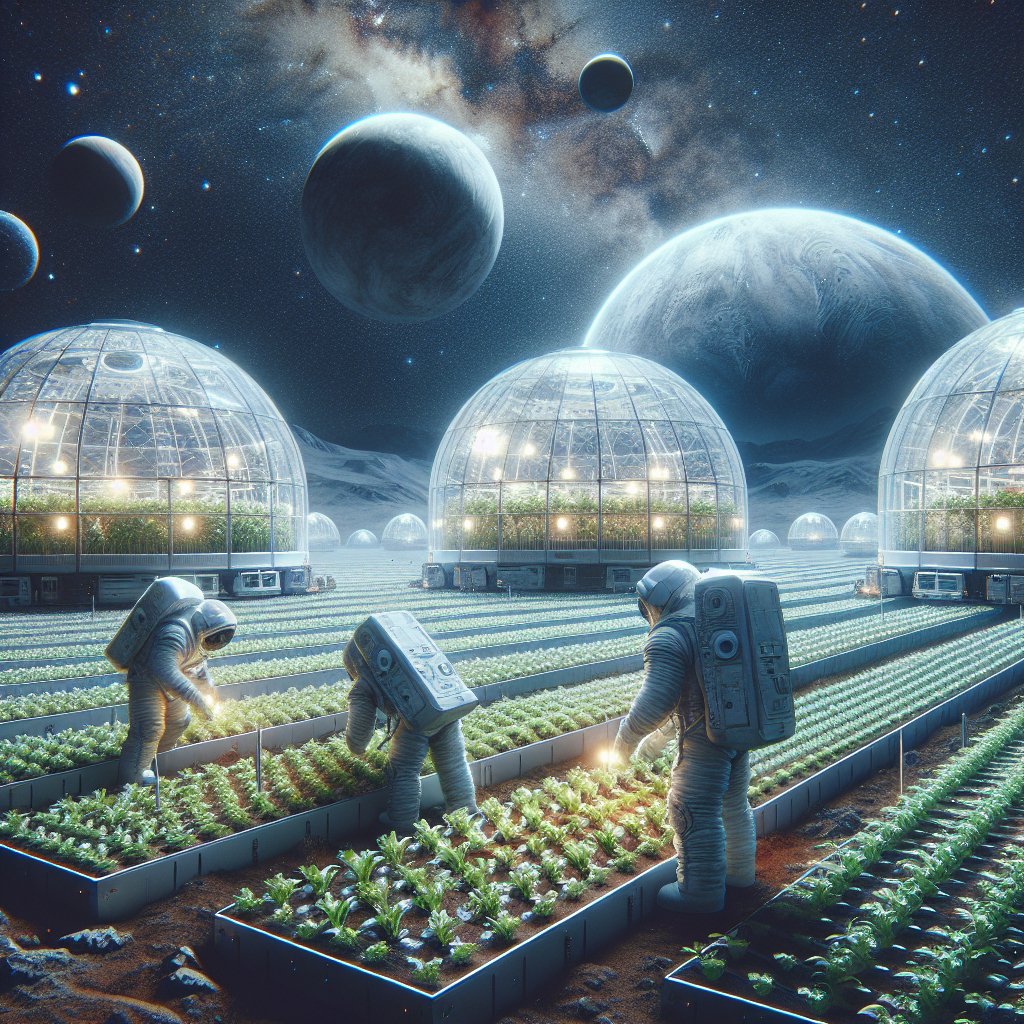The intersection of agriculture and space exploration presents a unique opportunity to revolutionize how we grow food on Earth. As humanity looks to the stars, the challenges of farming in extraterrestrial environments are driving innovation that could have profound implications for agricultural practices back home. This article explores the potential of space farming to inspire new technologies and methods that could enhance food production, sustainability, and resilience on our planet.
The Challenges of Space Farming
Farming in space is not merely a matter of planting seeds and watering them. The harsh conditions of outer space present a myriad of challenges that require innovative solutions. These challenges include:
- Microgravity: In a microgravity environment, traditional farming techniques are ineffective. Plants rely on gravity to orient themselves, and without it, they may struggle to grow properly.
- Radiation: Space is filled with cosmic radiation that can harm both plants and humans. Developing protective measures for crops is essential for successful space farming.
- Limited Resources: Space missions often have limited water, soil, and nutrients. Efficient use of these resources is crucial for sustaining plant life.
- Life Support Systems: Any farming operation in space must be integrated with life support systems that provide air, water, and food for astronauts.
Addressing these challenges has led to the development of innovative technologies that could also benefit agriculture on Earth. For instance, researchers are exploring hydroponics and aeroponics, which allow plants to grow without soil, using nutrient-rich water or mist instead. These methods not only save space but also reduce water usage, making them ideal for arid regions on Earth.
Technological Innovations from Space Farming
The technologies developed for space farming are paving the way for advancements in terrestrial agriculture. Some of the most promising innovations include:
1. Advanced Hydroponics and Aeroponics
As mentioned earlier, hydroponics and aeroponics are gaining traction in space farming. These systems can be adapted for use on Earth, particularly in urban environments where space is limited. By growing plants vertically and using nutrient solutions, farmers can produce food in areas that were previously unsuitable for agriculture. This method not only maximizes space but also minimizes water usage by recirculating it within the system.
2. Controlled Environment Agriculture (CEA)
Space farming necessitates the creation of controlled environments to protect crops from harsh conditions. This concept is being applied on Earth through greenhouses and indoor farms that utilize artificial lighting, climate control, and automated systems to optimize plant growth. CEA can lead to year-round production, reduced pesticide use, and lower transportation costs, as food can be grown closer to urban centers.
3. Genetic Engineering and Crop Resilience
To thrive in space, crops may need to be genetically modified to withstand extreme conditions, such as radiation and nutrient deficiencies. This research can translate to Earth, where climate change poses similar threats to traditional agriculture. By developing resilient crop varieties, farmers can ensure food security in the face of unpredictable weather patterns and environmental stressors.
4. Resource Recycling and Sustainability
In space, every resource must be carefully managed and recycled. This principle is being applied to Earth through sustainable farming practices that focus on reducing waste and maximizing resource efficiency. Techniques such as composting, rainwater harvesting, and the use of organic fertilizers can help create a more sustainable agricultural system that minimizes environmental impact.
Case Studies: Successful Space Farming Initiatives
Several space missions have successfully implemented farming experiments, providing valuable insights into the potential of space agriculture. These case studies highlight the practical applications of space farming technologies and their implications for Earth.
1. NASA’s Veggie Project
NASA’s Veggie project aboard the International Space Station (ISS) has been a groundbreaking initiative in space farming. The project aims to grow fresh food for astronauts while studying plant growth in microgravity. In 2014, astronauts successfully grew and consumed red romaine lettuce, marking a significant milestone in space agriculture. The success of Veggie has led to further research into growing a variety of crops, including zinnias and mustard greens, providing valuable data on plant growth and nutrition in space.
2. The Mars Society’s Mars Greenhouse
The Mars Society has developed a prototype greenhouse designed for Martian conditions. This project aims to demonstrate how crops can be grown on Mars using limited resources. The greenhouse utilizes hydroponics and aims to recycle water and nutrients efficiently. The insights gained from this project could inform future missions to Mars and inspire sustainable practices on Earth.
3. The European Space Agency’s (ESA) EDEN ISS Project
The EDEN ISS project is a pioneering initiative that focuses on growing food in a controlled environment in Antarctica, simulating Martian conditions. This project aims to develop technologies for sustainable food production in extreme environments. The lessons learned from EDEN ISS can be applied to improve food security in remote areas on Earth, where access to fresh produce is limited.
Implications for Global Food Security
As the global population continues to grow, the demand for food is increasing. Traditional agricultural practices may not be sufficient to meet this demand, especially in the face of climate change and resource scarcity. The innovations stemming from space farming could play a crucial role in addressing these challenges.
1. Urban Agriculture
With urbanization on the rise, space farming technologies can facilitate the growth of food in cities. Vertical farms and rooftop gardens can provide fresh produce to urban populations, reducing the carbon footprint associated with transporting food from rural areas. This localized approach to food production can enhance food security and promote sustainable practices.
2. Climate-Resilient Farming
The development of resilient crop varieties through space farming research can help farmers adapt to changing climate conditions. By incorporating genetic modifications and sustainable practices, farmers can produce food in areas that are increasingly affected by droughts, floods, and other climate-related challenges.
3. Resource Efficiency
Space farming emphasizes the importance of resource efficiency, which is critical for sustainable agriculture on Earth. By adopting practices that minimize water and nutrient usage, farmers can reduce their environmental impact while maintaining productivity. This approach aligns with global efforts to promote sustainable development and combat climate change.
Conclusion
The exploration of space farming is not just about feeding astronauts; it holds the potential to transform agriculture on Earth. The challenges faced in space are driving innovation that can lead to more sustainable, efficient, and resilient farming practices. As we continue to explore the cosmos, the lessons learned from space agriculture can inspire new technologies and methods that will help ensure food security for future generations. By embracing these innovations, we can create a more sustainable agricultural system that benefits both our planet and our quest for exploration beyond it.




